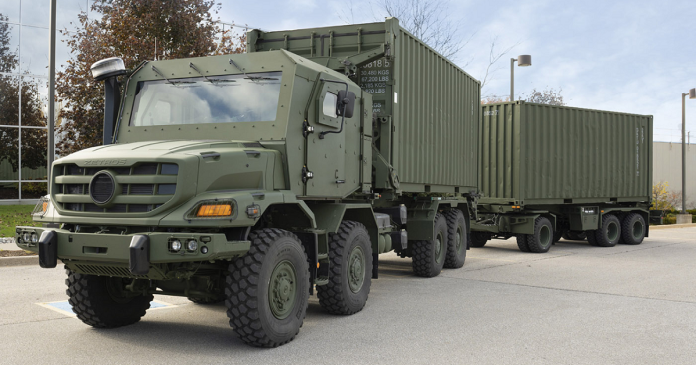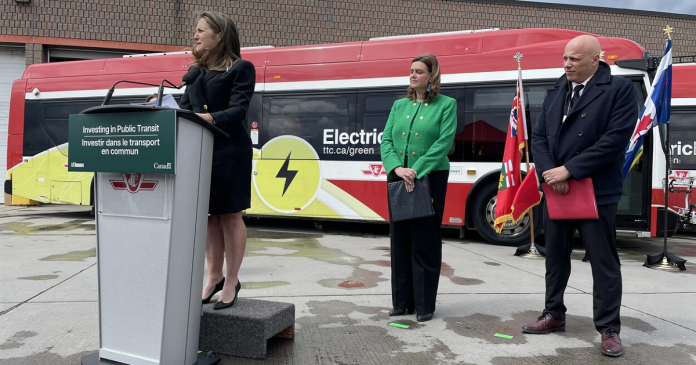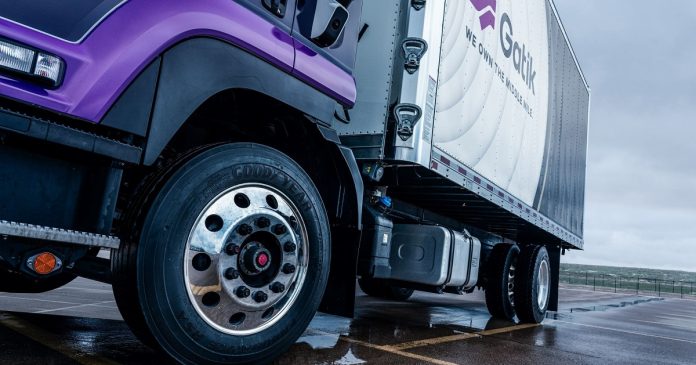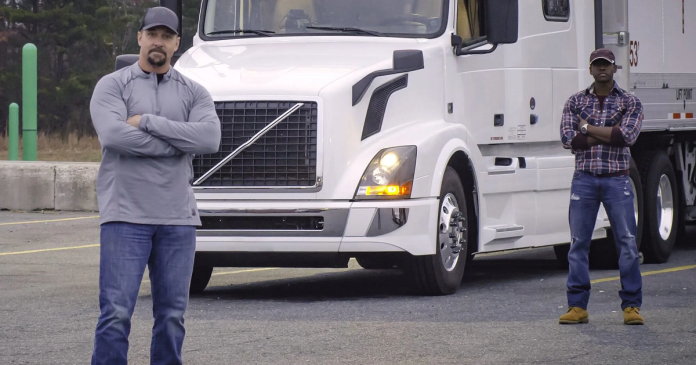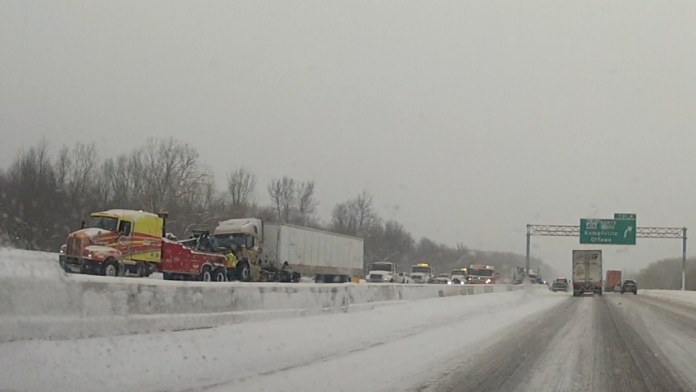Difficult road conditions are expected at the start of this week due to numerous ongoing weather alerts in Canada and the United States (classified by interstate below). Here is a summary of those that could impact your travel. Stay vigilant:
Maritimes:
A potentially significant storm is expected on Wednesday. Although it is still too early for precise information, strong winds, heavy rain, and snow will accompany this system. Strong winds and snow will begin Wednesday morning; the snow will then turn to rain over most of the Maritimes Wednesday afternoon.
Quebec:
A storm will enter the south and west of the province on Tuesday afternoon, reaching central Quebec in the evening, and the east overnight, reaching the Lower North Shore by Wednesday afternoon.
Southern sector – Montreal: Precipitation will start as snow before turning to rain on Wednesday morning. A more or less prolonged period of freezing rain is possible during this transition. Strong winds will also accompany this storm.
West of Quebec: Significant snowfall, strong winds, and blowing snow are expected mainly on Tuesday evening until Wednesday morning. Localities from Outaouais to the Lower Laurentians, the south of Mauricie, and the south shore of Quebec may experience a more or less prolonged period of freezing rain overnight from Tuesday to Wednesday.
East of Quebec: Significant snowfall, strong winds, and blowing snow are expected. Some regions south of the Saint Lawrence River could experience a period of freezing rain and even rain.
Ontario:
401 between Brockville and Quebec: Possibility of a significant snowfall with a risk of freezing rain late Tuesday, Tuesday night, and overnight into Wednesday. Precipitations are expected to turn into rain late overnight into Wednesday as temperatures rise above freezing.
Northeastern Ontario (Sault Ste. Marie, Chapleau, North Bay, Englehart, Ottawa): A likely high-impact winter storm from late Tuesday to Wednesday. 15 to 30 cm of snow are expected along with blowing snow due to gusty winds that could reach 60 km/h.
Canadian Rockies:
Okanagan Connector – from Merritt to Kelowna and Trans-Canada Highway – from Eagle Pass to Rogers Pass: Snow leading to a total accumulation of about 15 cm is expected, from this afternoon to Wednesday morning.
New Hampshire – Maine:
Winter storm warning from Tuesday night to Wednesday afternoon. Snow, rain, and ice are expected along with wind gusts up to 55 mph. Some areas could receive between 5 and 9 inches of snow, and up to 12 inches in places in New Hampshire.
Northern and Central Illinois – Northern Indiana – Southwest Michigan – Northeast Ohio:
Tonight to tomorrow noon, a total of 2 to 4 inches of snow is expected. Late tonight, 1 to 2 inches per hour could fall in some areas of Illinois.
Next, classified by Interstate:
I5 Oregon and California:
Between Eugene and Mount Shasta, travel could be difficult due to significant snowfall expected from 1 am Tuesday to 4 pm Wednesday. Winds could blow up to 55 mph. The most challenging period for travel on the I5 will be Wednesday morning.
I25 between Colorado City CO and Albuquerque NM:
About 4 inches of snow are still expected and blizzard risks until 5 am Tuesday morning, due to gusty winds that could exceed 50 mph.
I40 between Albuquerque NM and Amarillo TX:
About 2 inches of snow are still expected and blizzard risks until 11 pm tonight.
I70 from Denver CO to Kansas City KS:
Until Tuesday, 3 to 6 inches of snow are expected with a possibility of freezing rain and blizzard risks due to gusty winds that could reach 55 mph.
I80 from North Platte NE to Davenport IA:
Until Tuesday, nearly 12 inches of snow are expected with a possibility of freezing rain and blizzard risks due to gusty winds that could reach 45 mph.
I80 Donner Pass California:
Warning in effect from Tuesday night to late Wednesday night, a possibility of 12 to 18 inches of snow accumulation and wind gusts up to 50 mph. Chain control may be required.
I80 Utah:
Winter storm warning from tonight to late Wednesday night, several inches of snow are expected and could affect the I80.
I84 Idaho: Boise, Twin Falls, Idaho Falls
From 11 pm Tuesday to 5 pm Wednesday, up to 3 inches of snow are expected and could impact roads. Wind gusts could reach up to 45 mph.
I90 Southeast SD – Minnesota – Wisconsin:
Until Tuesday, 3 to 6 inches of snow are still expected.
I90 Washington – Idaho – Montana
From Moses Lake WA to Missoula MT (including Spokane and Coeur d’Alene) from noon to noon Wednesday, 3 to 6 inches of snow are expected and wind gusts of 35 to 55 mph.







